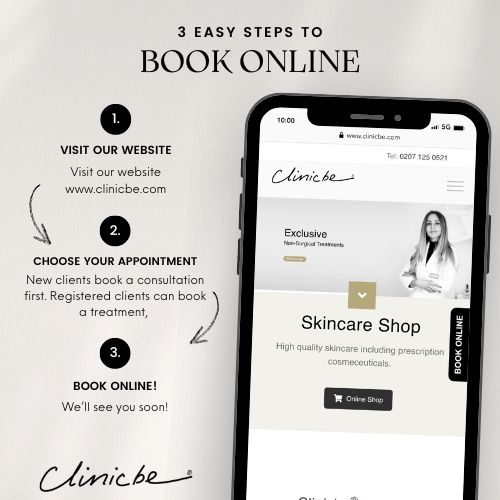Acne is doesn’t only affect the face, it is very common on the body areas too and often severe acne will progress from the facial areas to affect other areas of the body as well.
Body acne is more common and often more severe among males, but can also affect females too.
Common Areas of Body Acne
These areas have more sebaceous glands than areas such as the arms or legs, so they’re more likely to become blocked.
Body acne occurs in the same way as acne on the face. It is a combination of overactive sebum production and dead skin cells which block a pore or hair follicle, allowing acne bacteria to create acne problems such as blackheads or whiteheads. These then progress to pimples, pustules, papules or nodules in severe outbreaks.
It generally occurs when severe facial acne has ‘spread’ to affect other areas of the body too.
Professional Treatments for Body Acne
Treatments to consider include:
- IPL – IPL (intense pulse light) can be used to improve active acne and can give significant long-term improvement when combined with a suitable home care programme
- Chemical peels – a course of chemical peels is especially effective when combined with other acne treatments. However, chemical peels should not be combined with oral retinoids due to risk of irritation
- Microdermabrasion
- Dermastamp microneedling
- Dermastamp with TCA Peel
- Dermal fillers to smooth out the depressions
- Extraction – manual and professional removal of stubborn whiteheads and blackheads carried out in clinic
- Steroid injections – suitable for large cystic or nodular acne
Home Care
The skin on the body (back, arms or chest) is a lot less delicate than facial skin, which means that more aggressive products can be used to tackle the problem.
Consider:
- Daily salicylic acid wash
- Cleansing pads containing benzoyl peroxide or salicylic acid can be wiped over affected areas
- Alpha hydroxy acid lotion (e.g. glycolic or lactic acid) to exfoliate as well as boost cell renewal
However, do be more careful close to the neck, as neck skin is more delicate. If there is any irritation, discontinue use.
Home Care
ClinicbeAcne recommend an adaptation of their mild acne treatment programme.
Option 1 – Mesoesthetic
- Purifying Mousse/150ml (basic)
Daily cleansing mousse to purify and cleanse acne-prone and seborrhoeic skin. With a light texture, its main ingredients are glucosides and refreshing agents that cleanse impurities from the skin, leaving it soft and feeling comfortable and pleasant
AM/ PM gently rub into moist skin with the fingertips. Rinse with plenty of water. - Acne One/ 50 ml (basic)
Cream with an all-round effect, specifically designed for the daily treatment and control of acne-prone and seborrhoeic skin. The unique association of complementary, synergistic active ingredients in m.acne complex™stimulates exfoliation of the pilosebaceous canal while reducing sebum production. It controls bacterial proliferation and reduces epidermal redness, addressing the various factors that trigger acne-prone skin with a crosscutting approach.
AM/PM apply daily a thin even layer to clean skin, avoid eyes and mucus membranes, follow with SPF 50 in the morning - Pure Renewing Mask (optional)
Exfoliating and purifying facial mask for acne-prone and seborrhoeic skin for weekly use. The addition of inert pellets to the exclusive m.acne complex™provides mechanical exfoliation and cellular renewal for optimum control of oily skin or acne-prone.
To be used 1-2 times a week, apply thin layer to the clean skin avoiding the eye, massage in gently and leave to act for about 10 min. Rinse with plenty of water. Not to be used for 2 weeks after chemical peel treatment. - Imperfection Control/ 10 ml (optional)
Specific, local treatment for emerging or rebellious acne breakouts. The innovative pigments in the formula have a modulated, progressive concealing effect controlled by the movements made during the application which make it possible to adapt the treatment to different skin tones. At the same time, the complementary effects of the components of m.acne complex quickly reverse the rubor and tumefaction of acneiform eruptions.
Locally apply a small amount of imperfection control to clean, dry skin, using gentle circular motions to build up the colour and evenly cover affected areas.
Option 2 – NeoStrata & SkinTech
- Foaming glycolic wash am/pm
- Or Skin Active exfoliating wash for mature skin am/pm
Combine with:
- Purigel– apply in the morning to the clean skin. It can be used several times a day (for very oily skin)
- Or Purifying Cream– apply in the morning to the clean skin and in the evening just to affected acne prone areas.
- SPF- NeoStrata
All treatments should be follow with one of the home care options – failure to do so will affect effectiveness of the treatment programme







